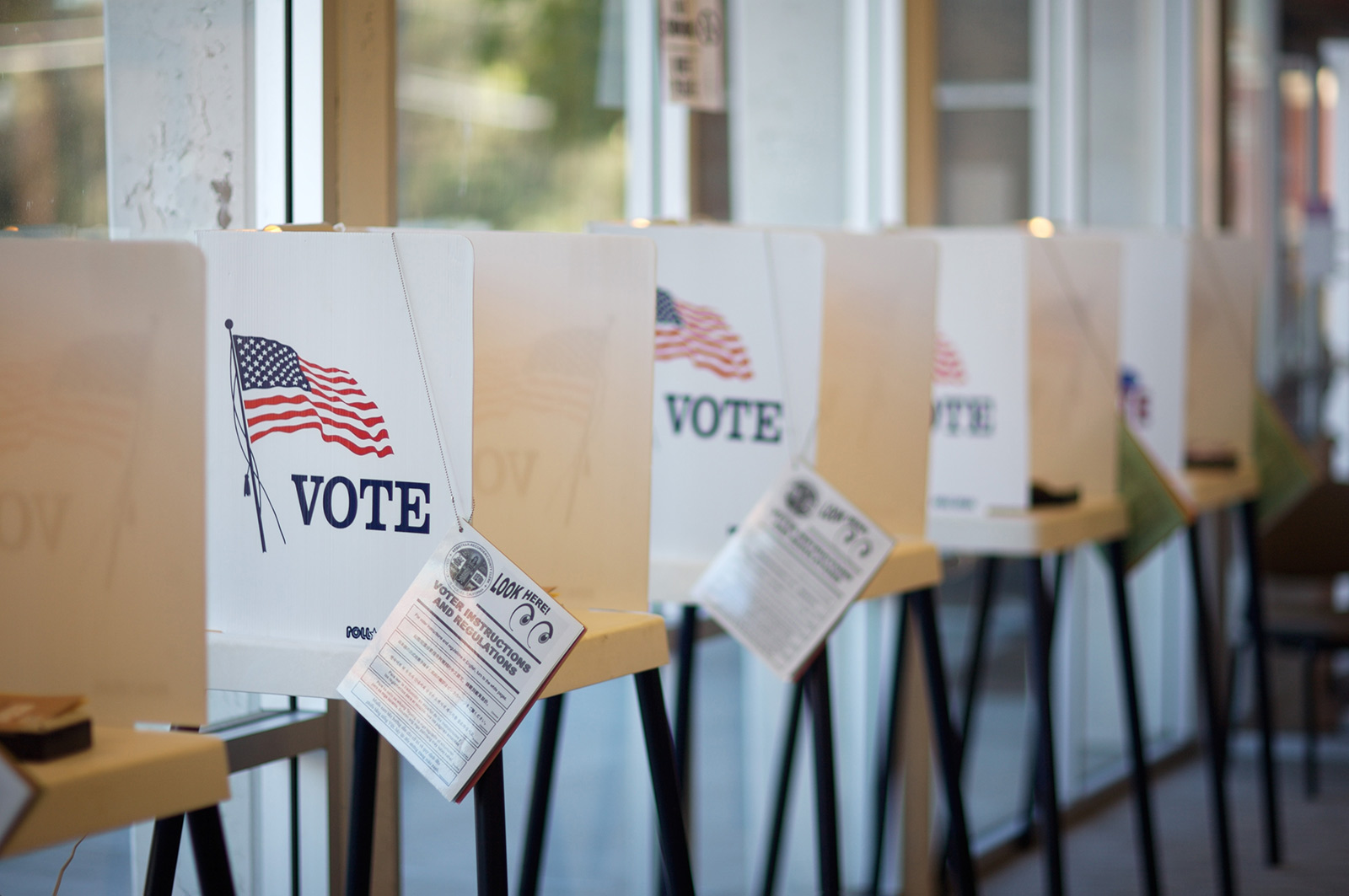Tuesday’s election results in Virginia and elsewhere set off a frenzy of analysis and interpretation about what it all means and what might happen next.
With the University of Virginia’s own Center for Politics playing a key role in parsing all these politics, UVA Today decided to get in the game with some questions about our new political reality. The following questions were fielded by Geoffrey Skelley, associate editor of center director Larry J. Sabato’s “Crystal Ball,” which offers political and election analysis across the country.
Q. First, the elephant in the room: Assess how the election results reflect on President Trump and his time in office so far.
A. It’s hard to see the results from Tuesday as anything other than a response to an unpopular Republican president. Ralph Northam won the Virginia governorship by about 9 percentage points, the largest margin for a Democratic gubernatorial winner since 1985. Democrats also managed to pick up 15 to 17 seats in the House of Delegates. How many is yet to be determined because of likely recounts, but Democrats may achieve a 50-50 tie in the House – or maybe even a majority – which is an incredible shift from a 66-34 Republican advantage prior to the election.
Q. What do these results portend for the next round of elections, including 2018 congressional midterms?
A. At first blush, many might say this result means that 2018 is going to be a Democratic wave. Such a wave may happen, but it might not. Gubernatorial elections in Virginia have been an inconsistent predictor of midterm elections.
The result in the House of Delegates does suggest that Republicans in suburban seats near major urban areas, particularly on the East Coast, may have reason to be scared. But it’s also important to note that only one of the Democrats’ gains in the House of Delegates came in a seat that Donald Trump carried in 2016, and it was the one he carried by the narrowest margin in the chamber. Democrats came close in a couple of other Trump-won seats, but barring some help in the canvass and in possible recounts, they won’t get any others. So overall, Democrats’ gains in the House of Delegates will almost entirely be in seats that Hillary Clinton won, but that Republicans controlled coming into the election.

In the U.S. House of Representatives, there are 23 Republican-held, Clinton-won seats. Democrats need 24 seats to take a narrow 218-217 advantage in the House. This means that they’ll need to win some seats in territory that Trump carried to do so, and Virginia’s result doesn’t make it clear that they can. However, there have been results from other parts of the country that do suggest Democrats can win back some Obama-Trump territory.
Q. Does this election help clarify what kind of state Virginia has become politically?
A. Virginia is still a competitive, battleground state, but the election does show just how dominant the “Urban Crescent” – Northern Virginia, the Richmond area, and Hampton Roads – can be. Northam was able to mostly maintain or even improve on Clinton’s margins in those parts of the state, making it extremely difficult for Republican candidate Ed Gillespie to beat him.
Virginia is far from being a “blue state,” but it does seem increasingly to be a purple state with a blue outline, if you will.
Q. What surprised you?
A. The margin for Northam was certainly a surprise. Most polls showed the race to be fairly close and inside the margin of error. A Gillespie win could not be discounted. But instead, increased turnout relative to the 2013 gubernatorial election in many Democratic-leaning parts of the state helped propel Northam to about a 9-point win.
But the most surprising outcome was certainly the House of Delegates. A Northam victory was expected to produce a healthy gain for Democrats, but all the way to 15 to 17 net seats? That was highly unexpected. There were so many GOP incumbents who had to lose for this to happen, and yet it did, despite the strength that incumbents tend to have.
Media Contact
Article Information
November 8, 2017
/content/consulting-crystal-ball-election-days-key-takeaways

